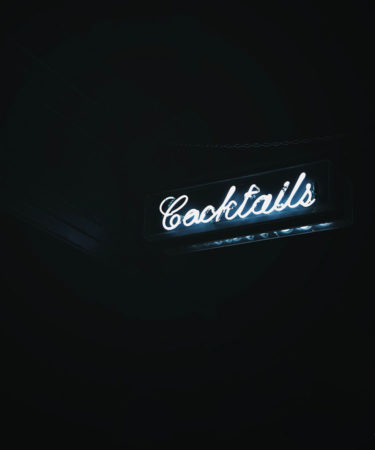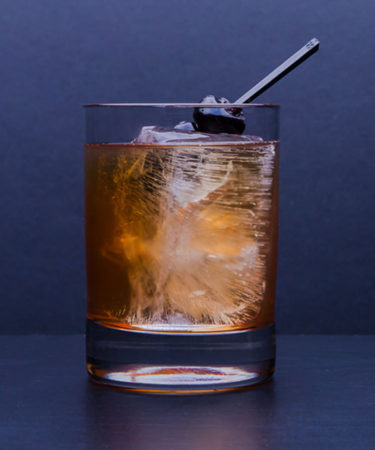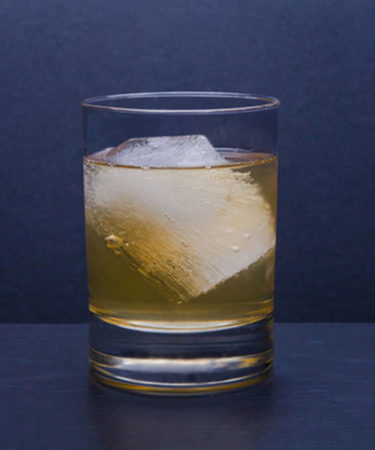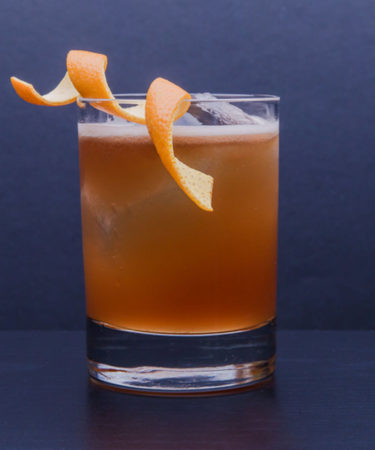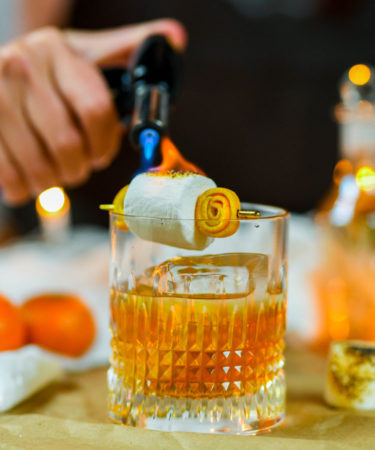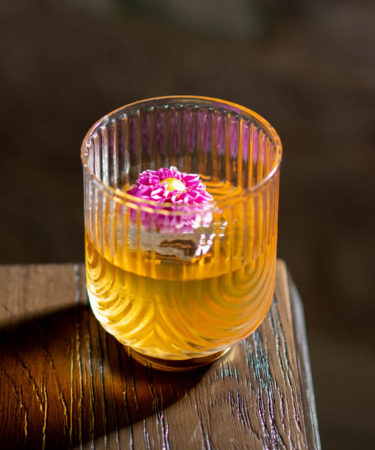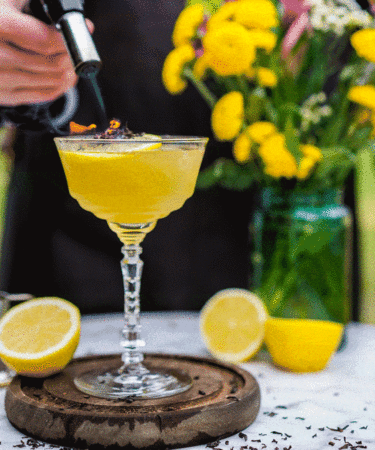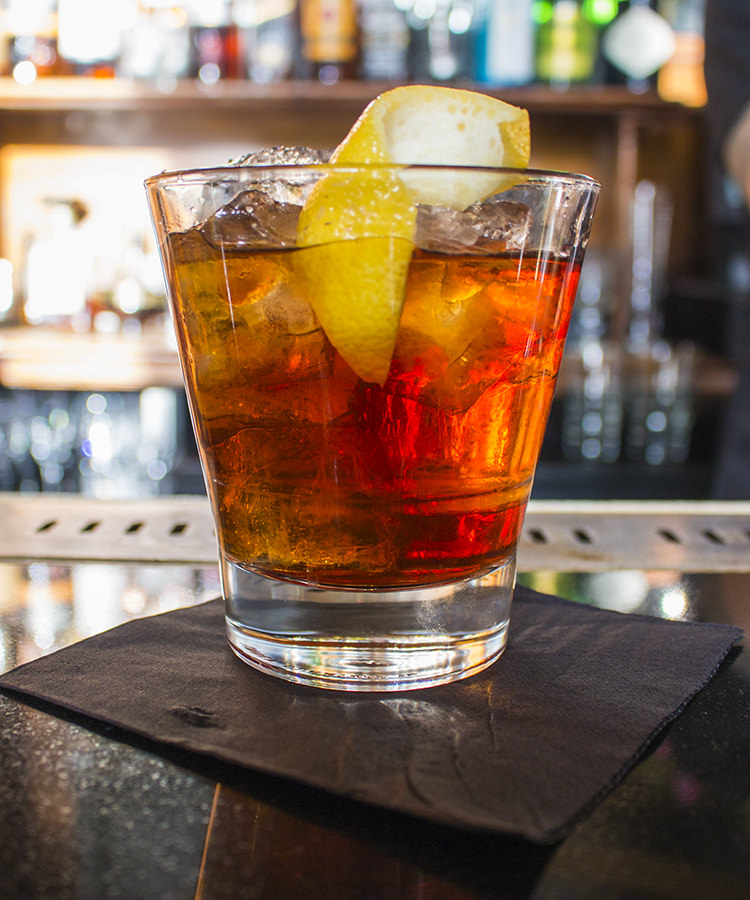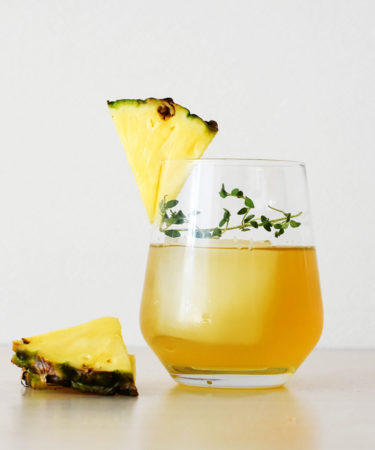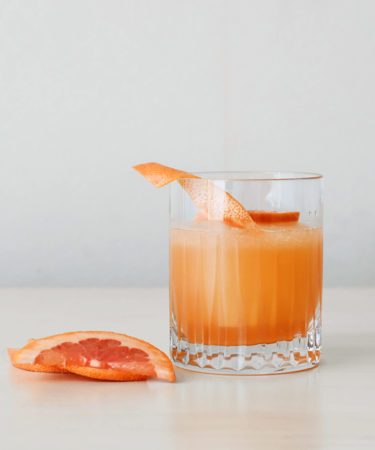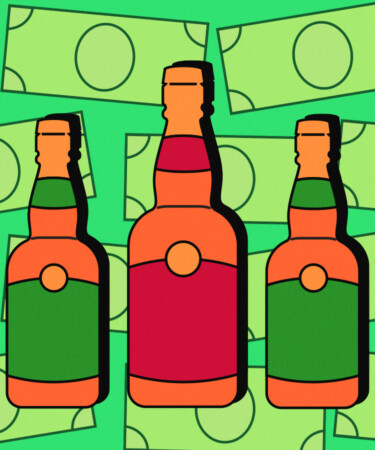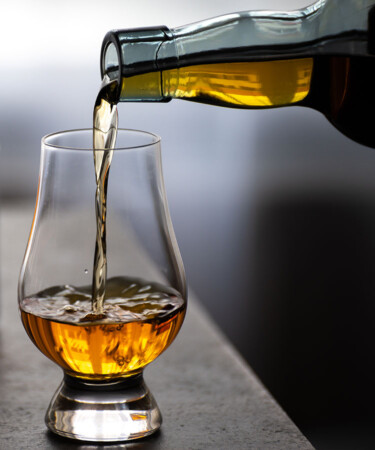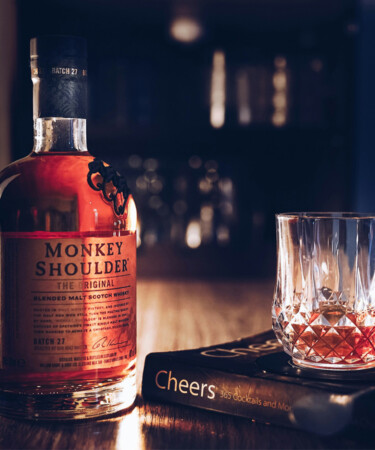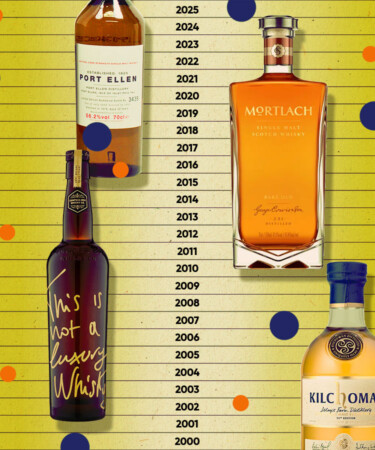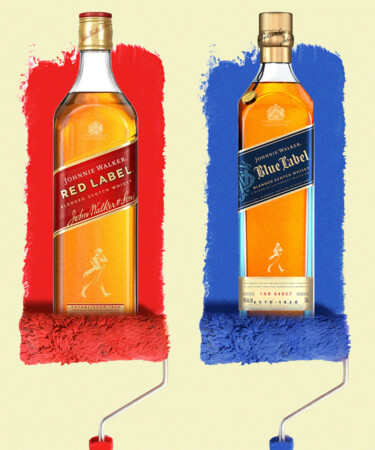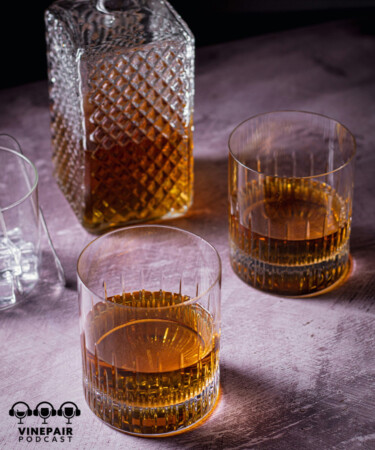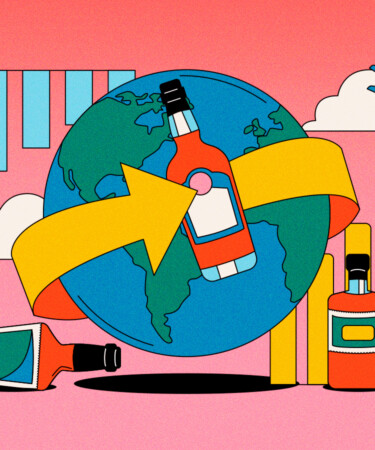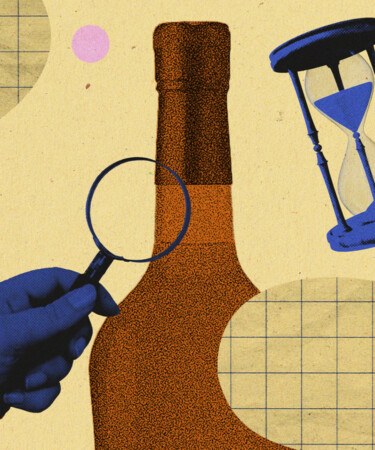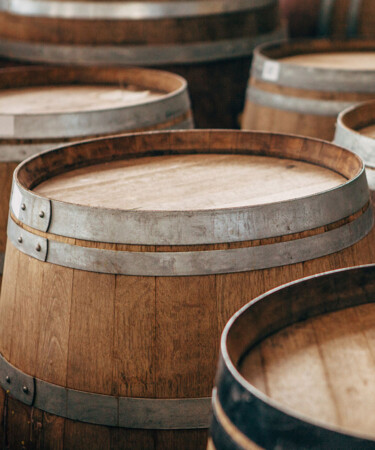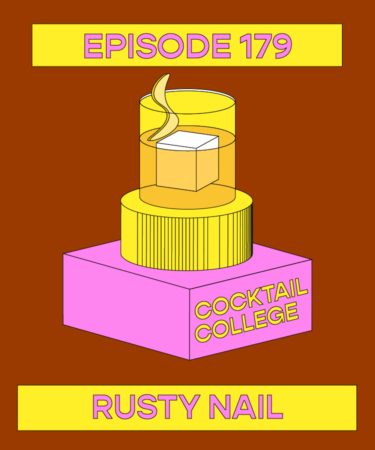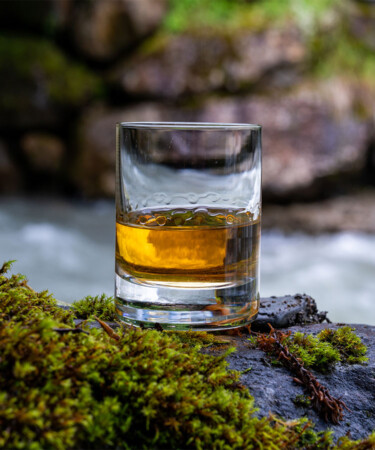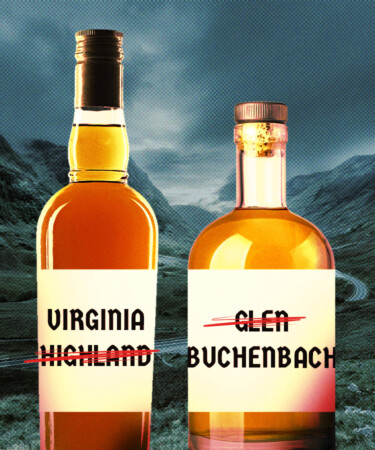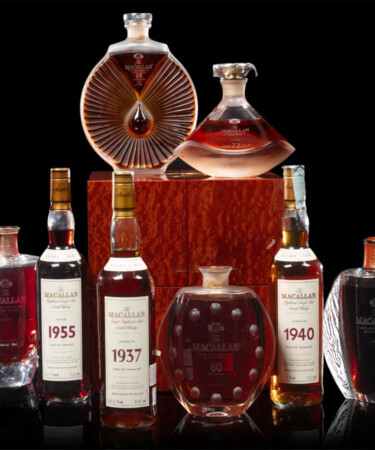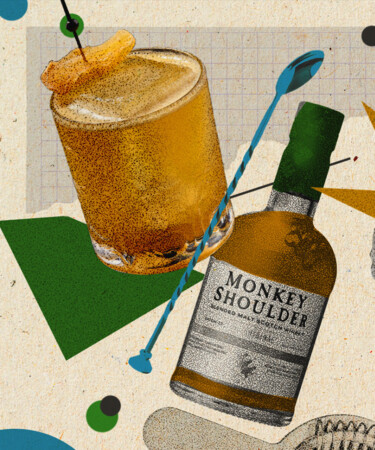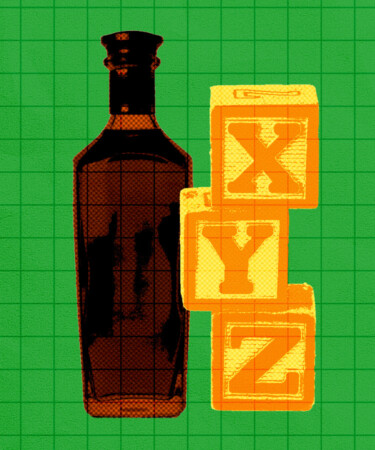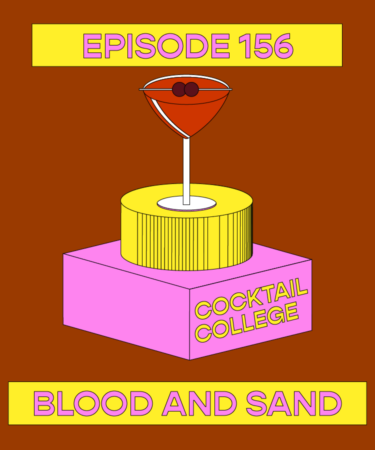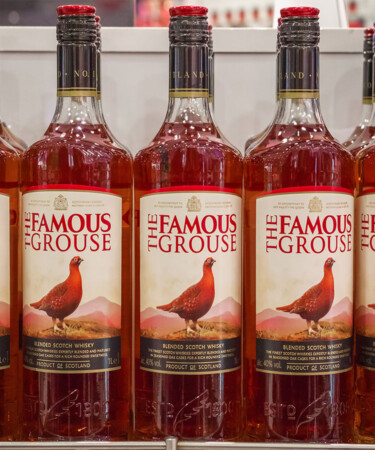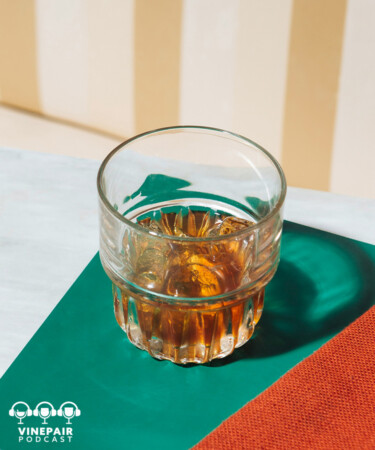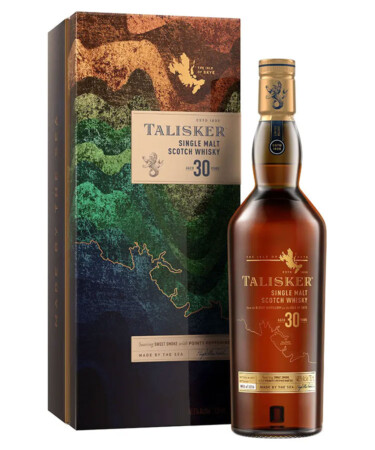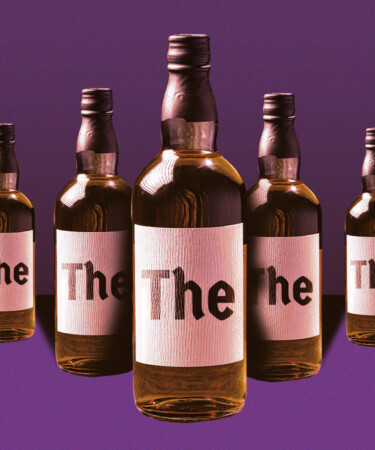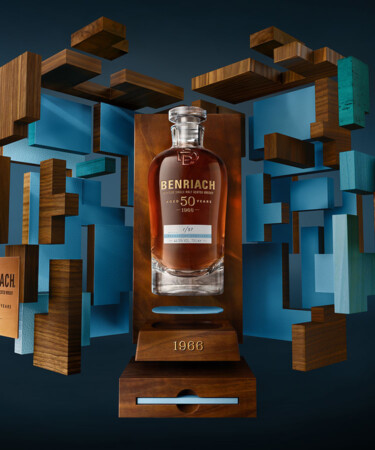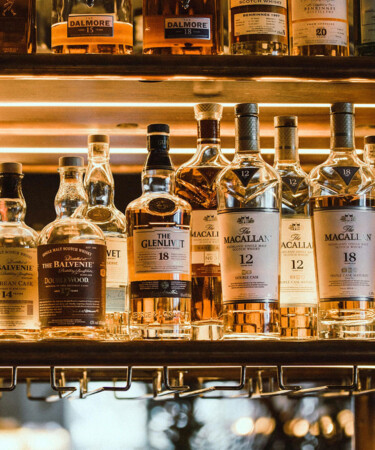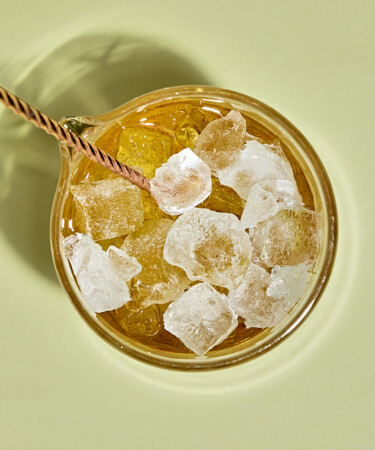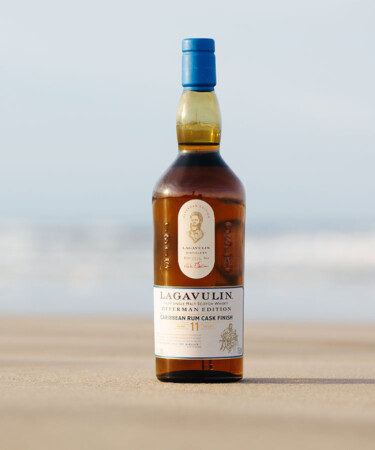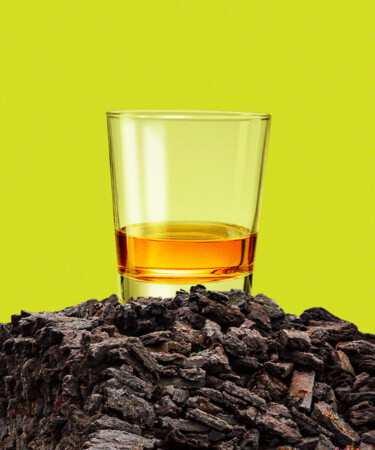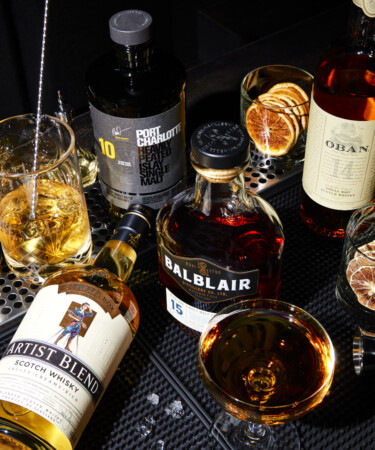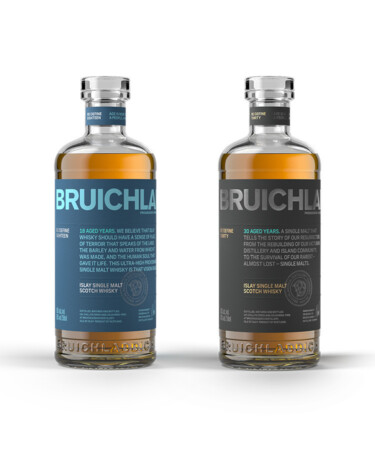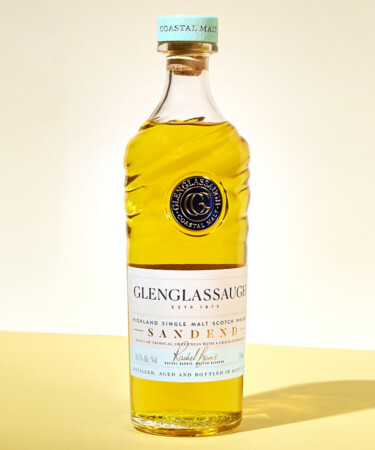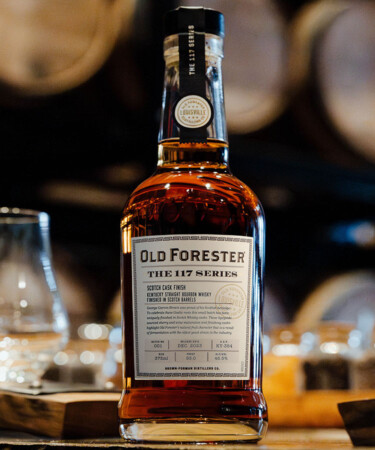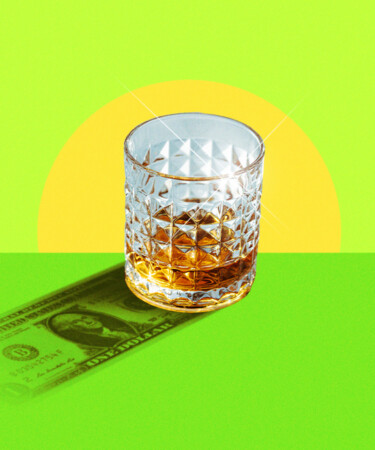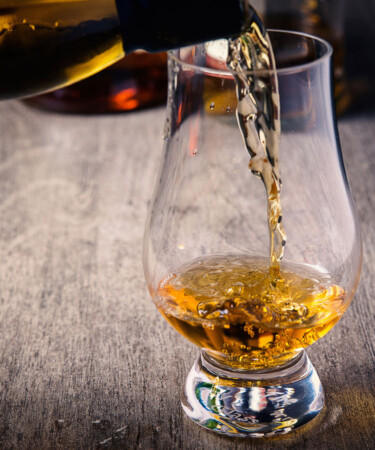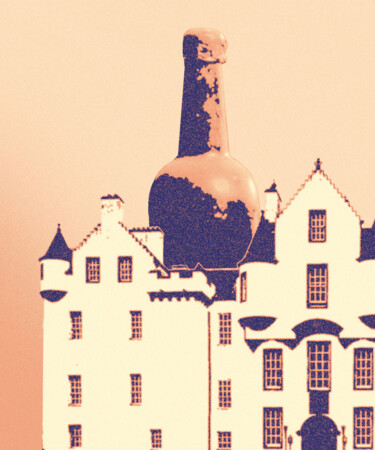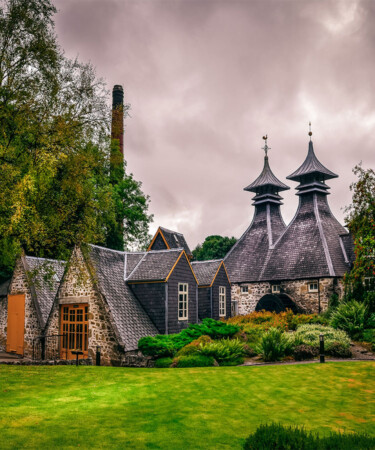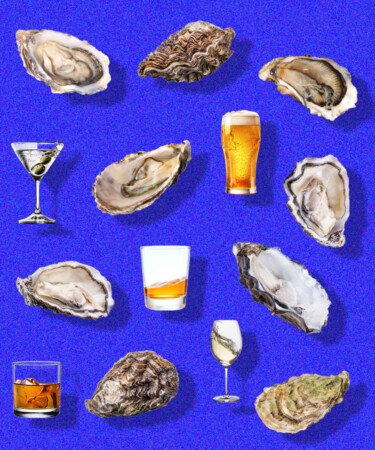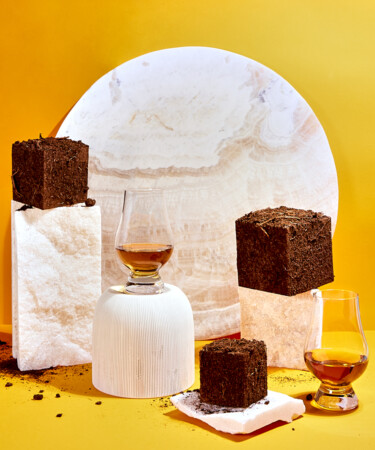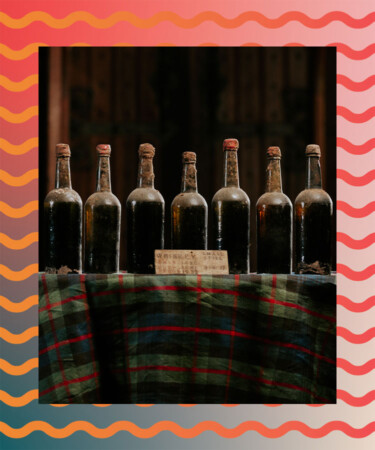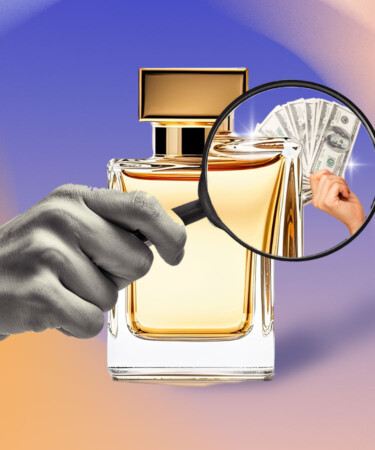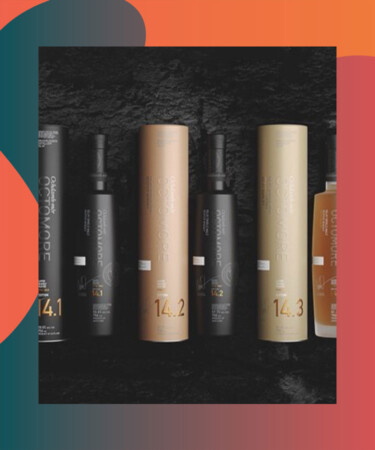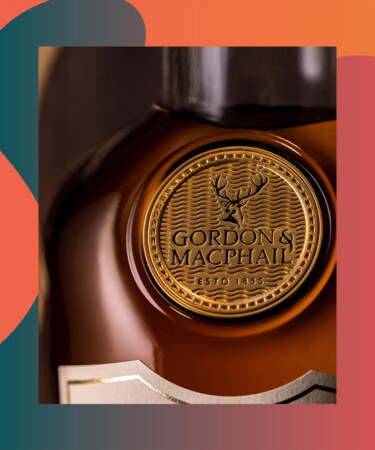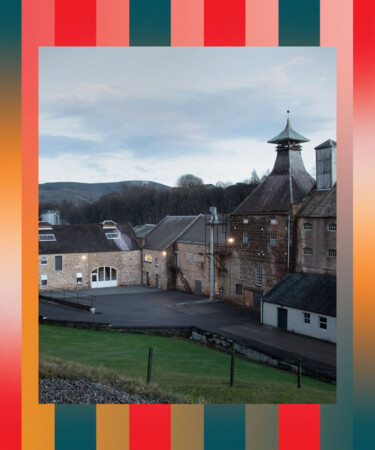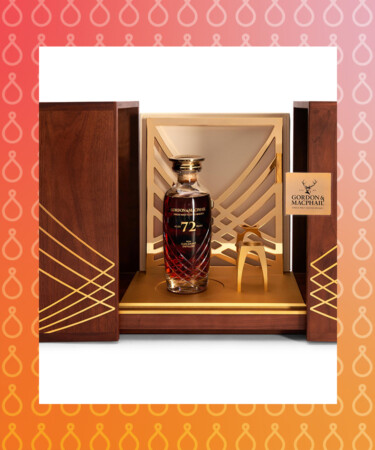Table Of Contents
Scotch 101
Last Updated: September 8, 2025
The land of Scotch whisky is filled with many hard to pronounce brands like Lagavulin and Bruichladdich, but it’s not as complicated as you might think. First off, it’s spelled “whisky” without the “e,” unlike American whiskies like bourbon and rye. Secondly, whether you’re buying a single malt whisky or a blended Scotch whisky like Johnnie Walker, it’s most likely going to taste smokey.
If you’re wondering how to drink Scotch, the answer is also simple: however you like it. There are a number of classic cocktails (as well as some modern Scotch cocktails). But if you like your drink a little more simple, it’s hard to find a drink that tastes better neat than a big Scotch. Read our full Scotch guide for everything you need to know about the classic drink.
Single Malt vs Blended Scotch
Single malt Scotch whisky is the product of one single Scottish distillery. Despite common misconceptions, it is not from one particular barley harvest or one barrel, though single malt is produced entirely from malted barley. The less common single grain Scotch whisky, which is also the product of one distillery, is made with malted barley and other grains.
Blended Scotch whisky, as the name suggests, is a blend of malt and grain whiskies from two or more distilleries. Blended whisky constitutes the majority of the whisky produced in Scotland. It’s the job of each distillery’s Master Blender to make a consistent style each year.
How Scotch Is Made
Water, cereal grains (malted barley plus other grains if desired), and yeast are the three simple ingredients needed to create a Scotch whisky. While a simple recipe, the process can take years before any liquid is bottled.
First, the cereal grains must be malted (steeped in water and then germinated). Kilning, a process that halts germination, follows. At this step, the malting house can burn peat, which imbues the malted barley with the smoky character that’s synonymous with peated Scotch..
Next, the malted barley is mixed with water and left to steep, releasing the starches from the cereal that will be needed to create alcohol. This process is known as mashing. The water is then drained from the mash (spent grains) and yeast is added to kick off fermentation. This base alcohol (wash) will typically reach 8 or 9 percent ABV.
Distillation follows, bringing the alcohol content of the wash up to 70 to 94.8 percent ABV. Distillation takes place in either a pot still or a column still. Pot stills are used for single batches and require cleaning after each use. The spirit can reach between 60 and 80 percent ABV using a pot still. Column stills are capable of higher production because it allows for continuous distillation. The column can produce a spirit up to 96 percent ABV.
Next, one of the most character-defining steps occurs: maturation. Both American and European oak is used although most single malts and blended whiskies will contain a combination of both. By law, the spirit must age in oak casks for no less than three years. The final step, which can take place many years later, is blending.
Scotch Essential Info
- Color: Pale straw/gold to rich, nutty amber
- Region: Scotland (see Regions below)
- ABV: Minimum 40% ABV
- Aged: “Scotch whisky” must be aged in oak casks for minimum 3 years, often much longer; youngest Scotch in the bottle dictates the age statement
- Made from: Barley and other grains
- Commercial Examples: The Balvenie, Lagavulin, Highland Park, Ardbeg, Talisker, The Macallan
- Popular Cocktails: The Blood and Sand, Penicillin, The Rusty Nail
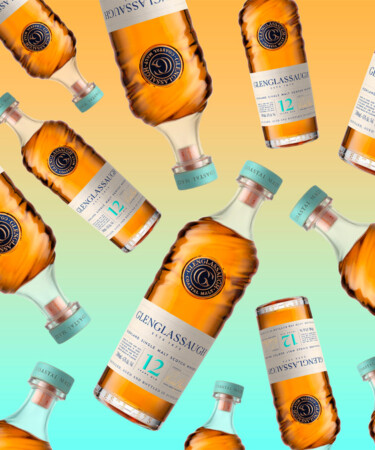
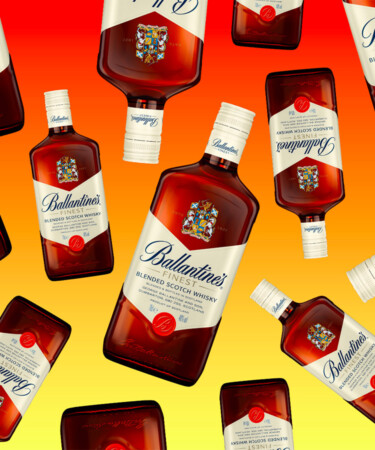
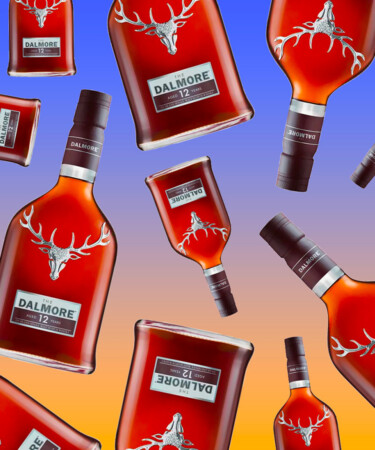
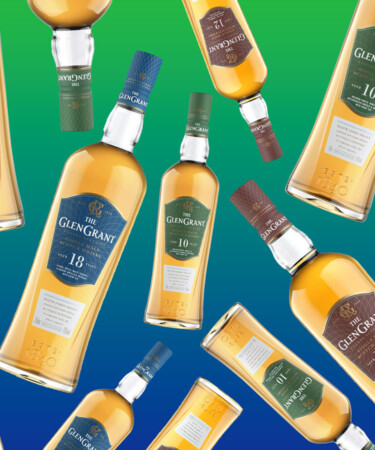
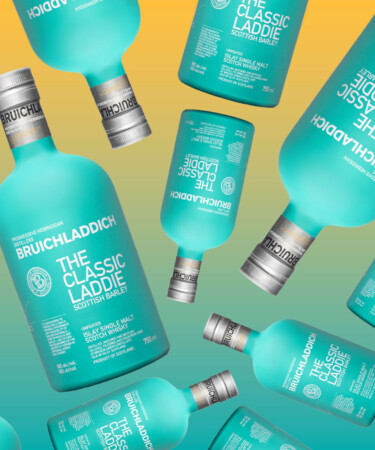
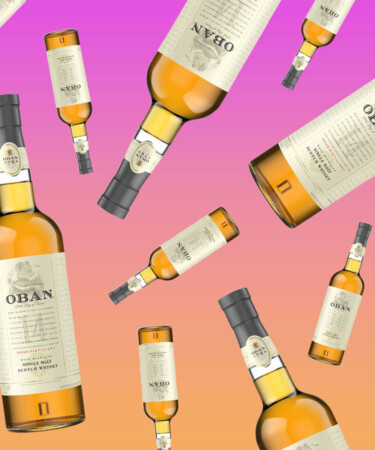
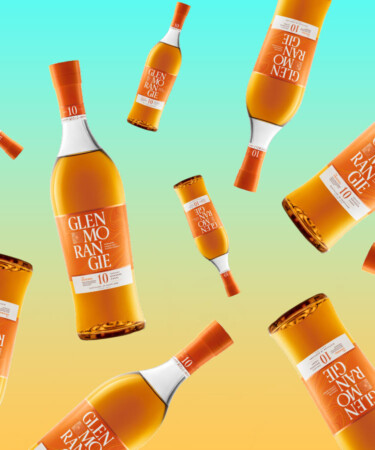
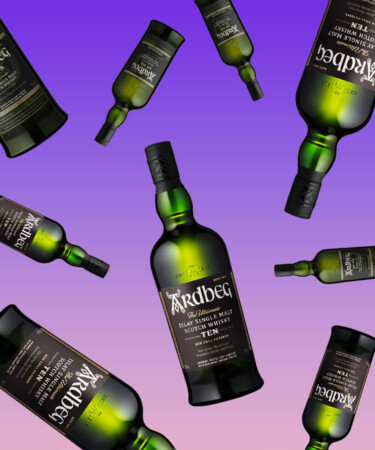
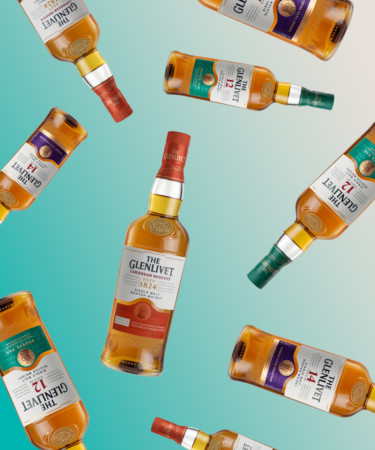
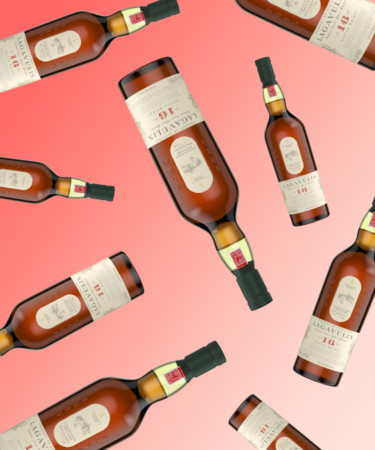
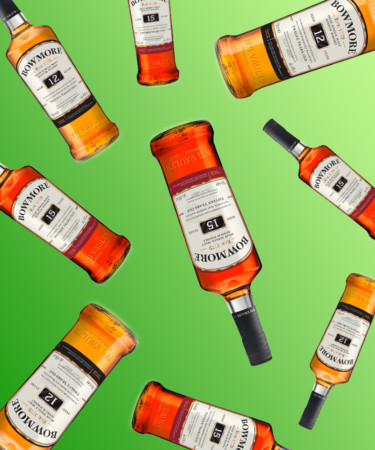
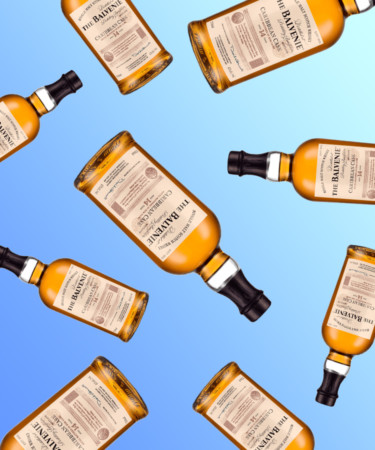
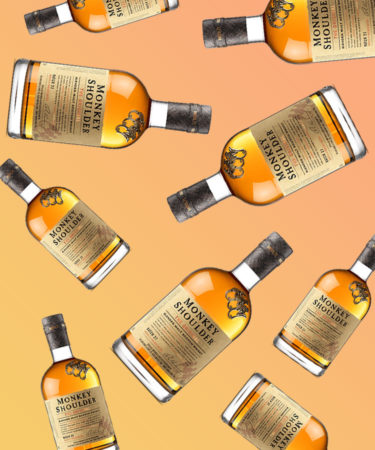
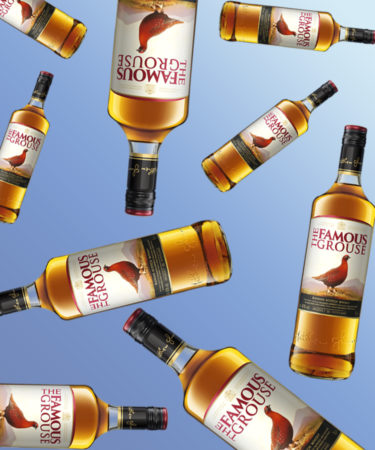
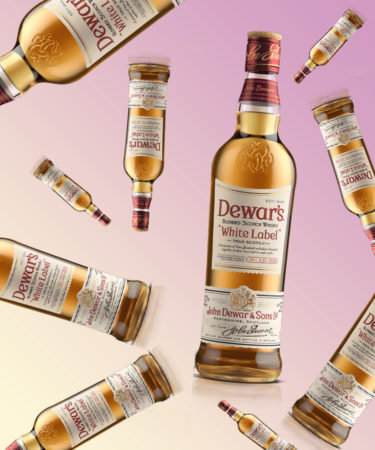
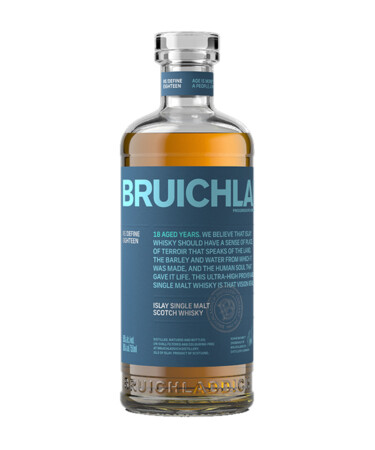
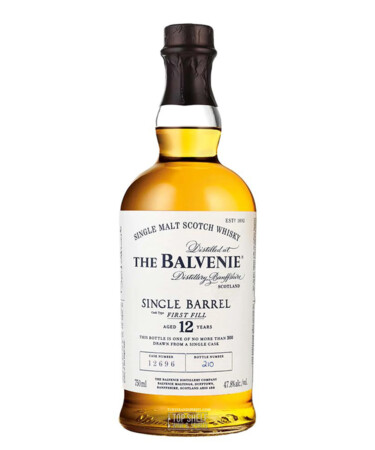
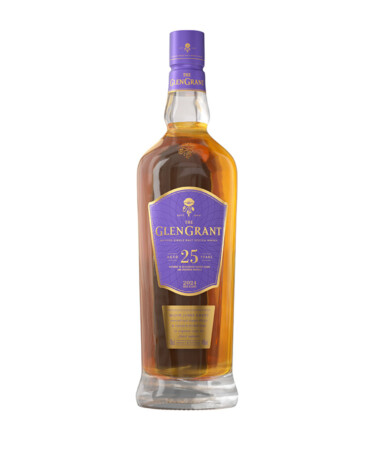
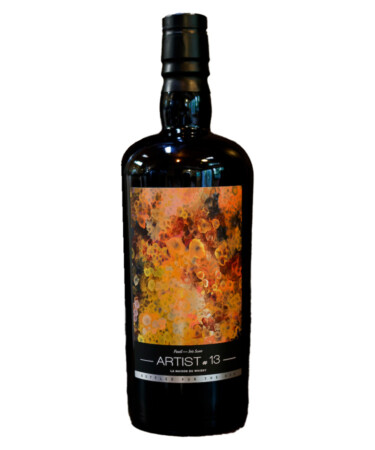
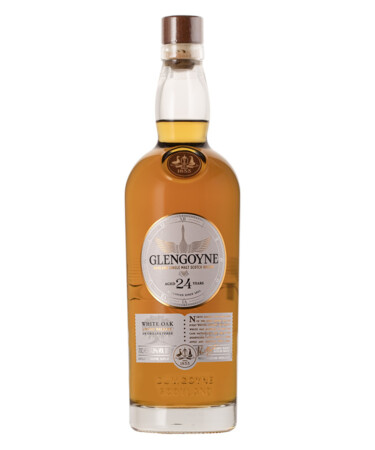
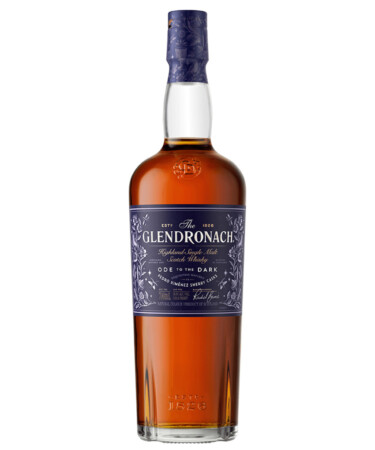
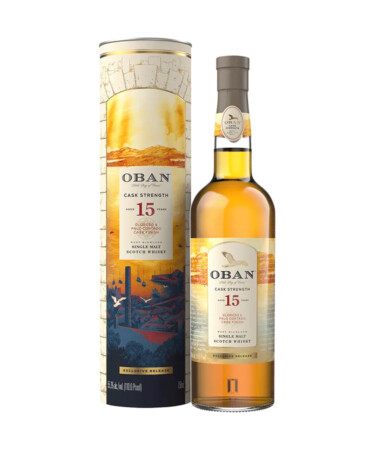
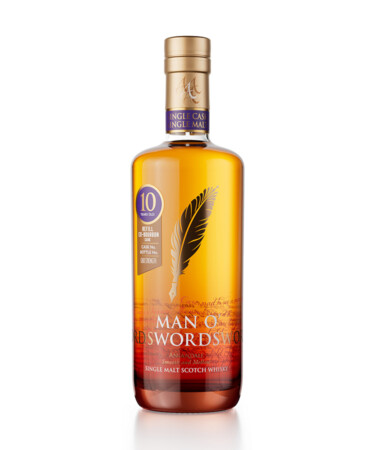
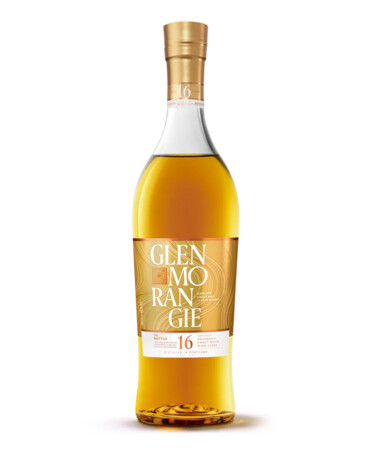
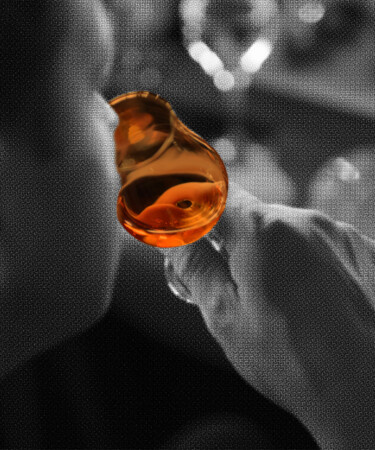
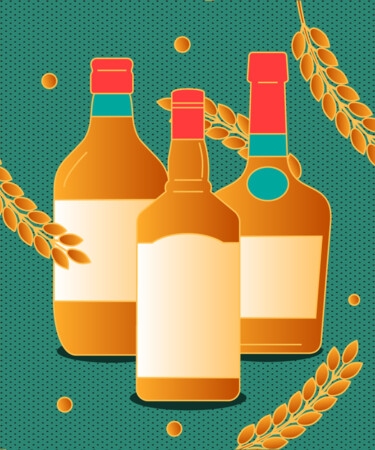
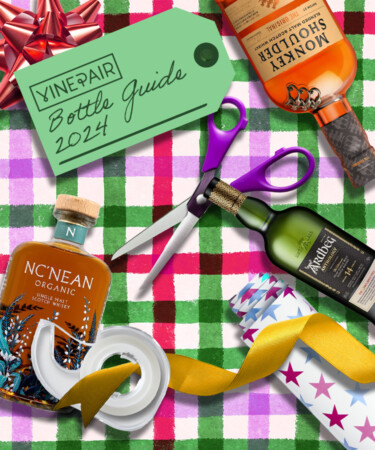
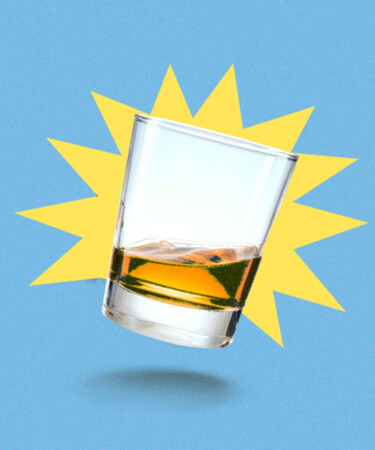
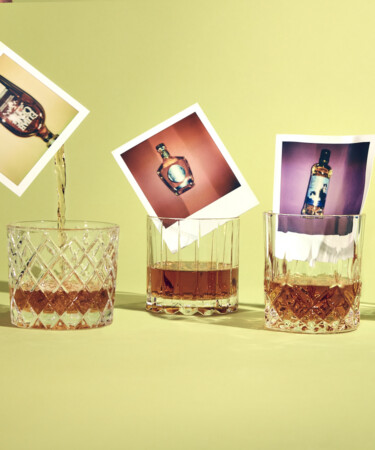
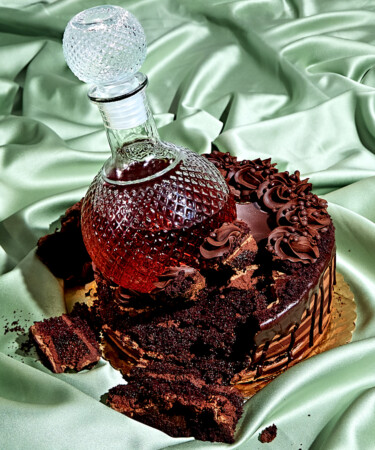
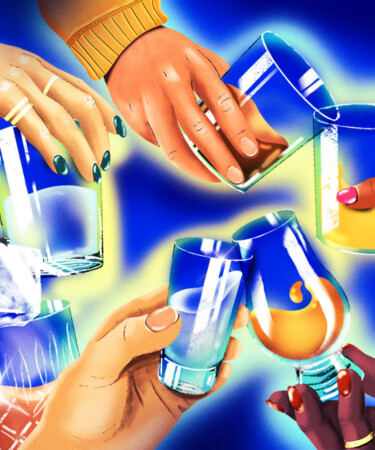
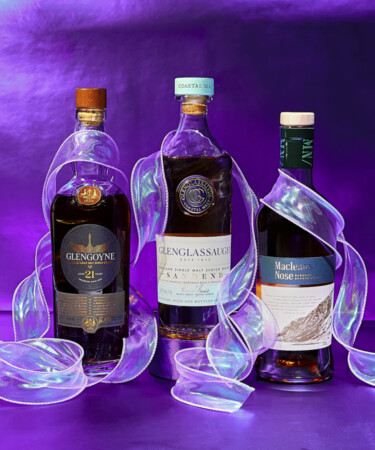


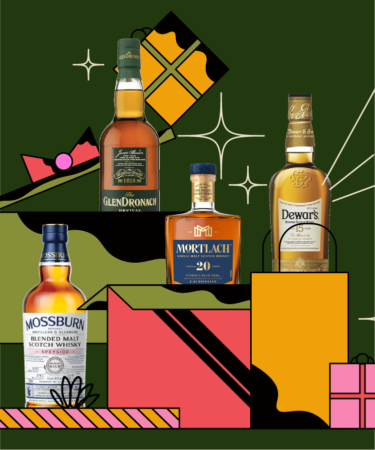
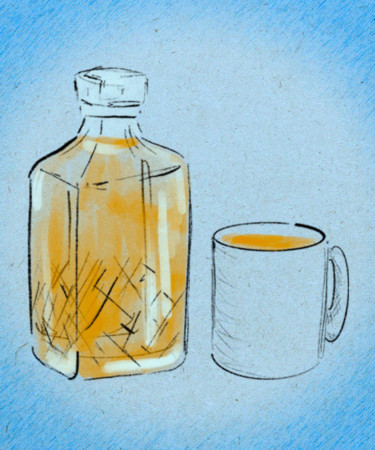
![Every Major Spirit Category and Its Base Ingredient [Infographic]](https://vinepair.com/wp-content/uploads/2025/03/every-major-spirit-category-and-its-base-ingredient-card-375x450.jpg)
![The Differences Between Single Malt, Blended, and Single Grain Scotch Whisky [Infographic]](https://vinepair.com/wp-content/uploads/2025/01/single-malt-blended-single-grain-whisky-infographic-card-375x450.jpg)
![The Peatiest Scotches in the World [Infographic]](https://vinepair.com/wp-content/uploads/2024/09/peatiest-scotches-in-the-world-infographic-card-375x450.jpg)
![15 Essential Bottles of Scotch [Timeline]](https://vinepair.com/wp-content/uploads/2024/02/15-essential-bottles-of-scotch-card-375x450.jpg)
![12 Bottles Every Home Bar Needs [Infographic]](https://vinepair.com/wp-content/uploads/2021/12/12bottlebar_infographic_card-375x450.jpg)
